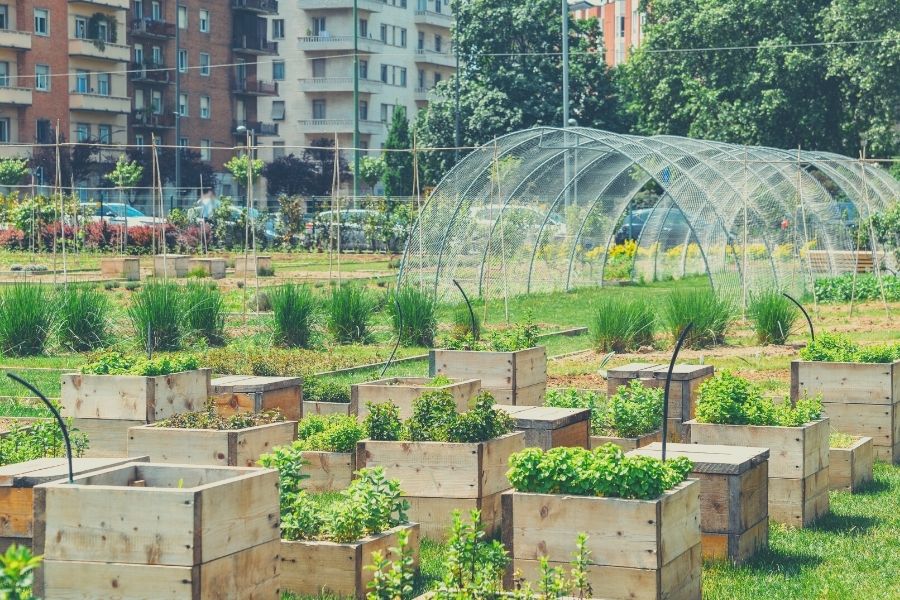Sustainable living is progressively becoming more mainstream and it’s not just the younger generations pushing society to become more earth conscious. According to a 2019 study that surveyed 913 people, 87% said they make active efforts to live an eco-friendly lifestyle.
Governments, businesses and all of us have the responsibility to ensure that our future generations have a place that they can live and thrive.
What are some sustainability trends that we will continue to see in 2022?
1. Mindful Living
Every day we all make choices that impact our environment. Things like recycling, avoiding buying plastics, turning off the tap when brushing your teeth, taking short showers, walking or biking when possible are all lifestyle habits that will become more common. These changes to eco-living will not only be seen in our habits at home, but also in people’s shopping behaviors. People are waking up to the realization that it’s their responsibility to be more conscious of the choices they make and will act accordingly.
2. Impact Focused Spending
Spending behaviors communicate to businesses what their consumers want. As people become more conscious of the environmental impact of their buying decisions, they will be naturally influencing companies to be more responsible. People will seek out more eco-friendly products and businesses. Spending where your values are is a way to communicate to companies to do better. Therefore we will be seeing larger selections for green products and businesses that will need to make greater efforts towards sustainability.
3. Greenwashing
As society implores businesses to adopt more environmentally and socially sustainable practices, greenwashing will unfortunately become more prevalent. Greenwashing is when a company communicates that it’s product, service or company itself is eco-friendly, when in reality it’s not. They spend more time marketing themselves as being a good choice for the environment, instead of investing on actually minimizing their environmental impact. We as consumers must be aware of this and discern whether a company is truly being transparent or is simply marketing to this growing sustainability trend. A product that has a green label does not necessarily mean that it’s a better choice for the environment.
Read more about greenwashing and how not to fall into the greenwashing trap here.
4. Sustainable Fashion
The fashion industry is one of the most damaging industries. It makes up 10% of humanity’s carbon emissions and 85% of textiles are sent to landfills (that’s 21 billion tons a year). It’s fast seasonal cycles, the harmful chemicals used in textiles, and the waste it produces make the fashion industry in serious need of drastic changes. We will see a move away from the fast fashion mentality. Buying preloved garments, mending instead of throwing away damaged clothing, and consciously buying from brands that are actively improving the impact they have will be more commonplace. In fact, according to a survey at Mckinsey, 70% of people intend to keep their clothes longer.
5. Carbon Offsetting
Currently, it is almost impossible to find a company that has zero impact on the environment. Our modern system and infrastructure has been created from the exploitation of our natural resources. Industries like the airlines industry and companies like Amazon are and will continue to be bad for the environment until technology catches up to help them reduce their impact. Until that day comes, many companies are trying to balance out their environmental footprint through carbon offsetting. They fund projects or events, such as reforesting or using carbon absorption tech that compensates the damage that their business causes.
6. Circular Economy
Remember that saying, “In with the new, out with the old”? Well, now try to forget it because 2022 is going in the opposite direction (thankfully!). Circular economy is a production and consumption model that is based on reusing existing material. When a product comes to the end of its life cycle, it gets renovated and thrown back into the consumer market where it can live out two or more product life cycles.
We will see more companies offer programs to return used products, refurbish them and resell them. We will also see a rise in more platforms for preloved fashion and items. Creating a circular economy across different industries will reduce human generated waste and the need to extract natural resources.
7. Green Tech
There is growing demand for technological solutions and services that solve environmental issues. The global green tech and sustainability market in 2020 was valued at $9.57 billion. It is expected to grow by 20.3% to a value of $41.62 billion by 2028. Some of the main industries that will see this green tech growth are: air and pollution monitoring, carbon footprint monitoring, green building, water management, crop monitoring, and forest monitoring.
8. ESGs and Green Investing
Going forward, companies are being held to more rigid conditions on the impact that they are having on the planet and on people. ESG is an investing term that can be thought of as sustainable investing or socially responsible investing. By being more socially responsible a business will have access to greater investments.
Based on their practices and actions a business gets an ESG score. This ESG score is created by analyzing the company’s (1) environmental impact such as carbon emissions, and use of natural resources (2) social impact, such as human rights, animal welfare, consumer protection and diversity, and (3) Corporate governance, such as management structure, employee compensation, executive compensation and employee relations. This type of investing will incentivise businesses to adopt better practices.
9. Plant Based Foods
In recent years, industrialized meat production has raised growing concerns not only on the ethical treatment of sentient beings, but also on its impact on the environment. Feed sourcing and the processing of manure are the two biggest culprits in causing major havoc. According to research by the Global Forest Watch, the meat industry drives deforestation five times more than any other sector. In addition, 60% of all food greenhouse emissions are caused from meat production.
As a result, this will cause a rise in plant based foods. New businesses and investments are going more and more into ‘fake meat’ products to satisfy meat lovers who need to reduce their impact. Although the rise for plant based is definitely a positive one for many reasons, it’s also an industry to keep an eye on because as history has proved, anything that is overprocessed (even if its plant based) isn’t necessarily good for you or for the environment.
Keeping it simple and organic is always the best way to go. Hopefully this trend will also continue to shift our personal eating habits to just eating more fruit and veg on a daily basis.
10. Local Gardening Communities
Let’s face it, buying produce that has been grown across the planet is not sustainable. Not only are these foods pumped with chemicals for pests and to preserve them until they get to you, they have a huge carbon footprint. The solution is going local. More and more local garden communities are popping up both in rural and urban areas. These are places where you can learn how to grow your own produce and also support local farmers by buying fresh, local, seasonal foods. It’s a win-win for you, the local community and the environment.
Sources: Going Green Study by Southern Cross University, Geneva Environment Network, UNECE Fashion and SDGs, Eurostat on Circular Economy, Euro Group For Animals, The Guardian – Meat industry Impact Study, Fortune Business Insights, Wikipedia on ESGs






